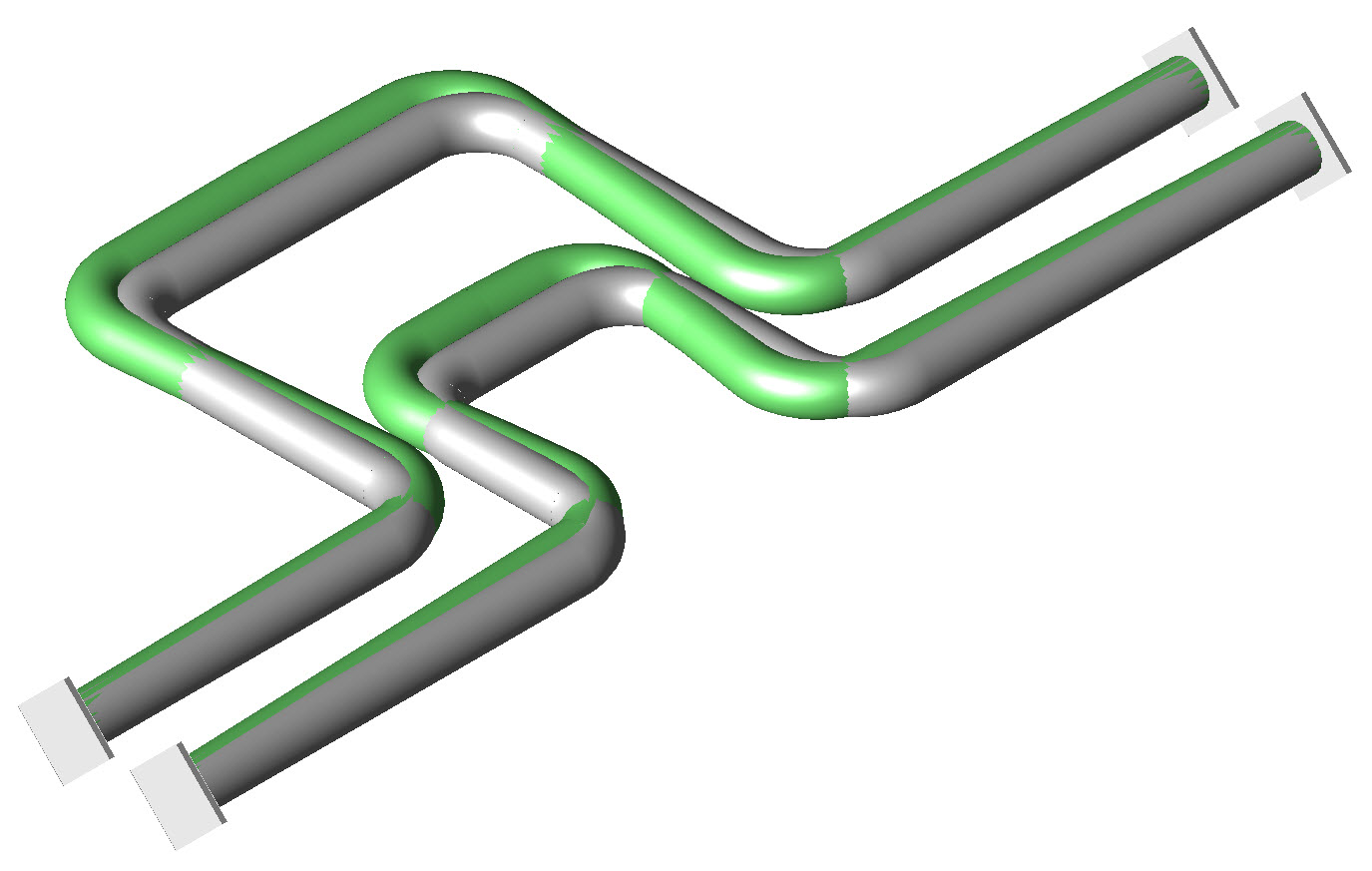
nbsp;
Pipe strain is a critical construct in the engineering and upkee of piping systems, which are essential components in a wide lay out of industries including chemical substance processing, oil and gas, and power propagation. The term encompasses the physical science stresses old by pipes due to various factors, including intramural pressures, temperature fluctuations, and structural supports. Understanding and managing these stresses is material for ensuring the reliability, safety, and of pipage systems.
Internal squeeze is a primary factor in causative to pipe stress. As fluids such as water, steamer, or chemicals flow through a pipe, they exert squeeze against the pipe walls, generating tensile stresses. The magnitude of these stresses is influenced by the changeful 39;s pressure, as well as the pipe 39;s and wall heaviness. High-pressure fluids lead in high stresses, necessitating troubled survival of the fittest of pipe materials to control they can stand firm these forces without failing. If the pipe material is short or the plan is blemished, it can lead to issues such as leaks, deformations, or even catastrophic ruptures, which can pose significant safety hazards and disrupt trading operations.
Temperature changes add another stratum of complexness to Pipe Stress . Pipes spread out and undertake in reply to temperature variations, which can present additive stresses into the system. For instance, in environments with large temperature fluctuations, such as in petrochemical plants or power multiplication facilities, thermic expansion and can lead to deflexion, warping, or crack of the pipes if not in good order managed. Engineers turn to these issues by incorporating expansion joints or elastic connectors in the plan to fit caloric movements and reduce try concentrations, thereby maintaining the biology integrity of the pipage system of rules.
The support and control systems of pipes are also material in managing pipe try. Pipes are typically gimbaled by hangers, brackets, and other subscribe structures that hold them in place and ensure proper conjunction. Properly studied subscribe systems are necessity to prevent immoderate movement, droopy, or misalignment, which can worsen stress concentrations and potentially lead to failures. If the support system is deficient or improperly preserved, it can significantly bear upon the performance and safety of the pipage system.
External lashing, including those from wired equipment, situation conditions, and seismic activity, further put up to pipe strain. Equipment sessile to the piping system of rules can introduce additional forces and moments, accretive the try experient by the pipes. Environmental factors such as high winds or seismic events can cause vibrations and oscillations that impose additive stresses. Engineers must describe for these external heaps during the design work to see that the piping system is robust enough to wield these forces without vulnerable safety.
Managing pipe try effectively involves a of strategies and tools. Engineers use try psychoanalysis software package to model various operating conditions and identify potency stress points within the pipe system. This enables them to design systems that can stand firm hoped-for stresses and keep off potency issues. Material natural selection is also vital; using materials with high potency and tractability can help extenuate stress-related problems. Additionally, habitue upkee and inspections are necessary for sleuthing and addressing strain-related issues before they lead to failures. Techniques such as ocular inspections, hale examination, and non-destructive examination help identify signs of strain, allowing for timely repairs and adjustments.
In sum-up, pipe strain is a complex but life-sustaining vista of pipage system of rules plan and sustenance. By understanding the personal effects of internal pressures, temperature variations, subscribe systems, and external rafts, engineers can train comp strategies to manage and mitigate pipe try. This go about ensures the dependability, safety, and of pipage systems across various heavy-duty applications, portion to prevent failures and maintain work continuity.
